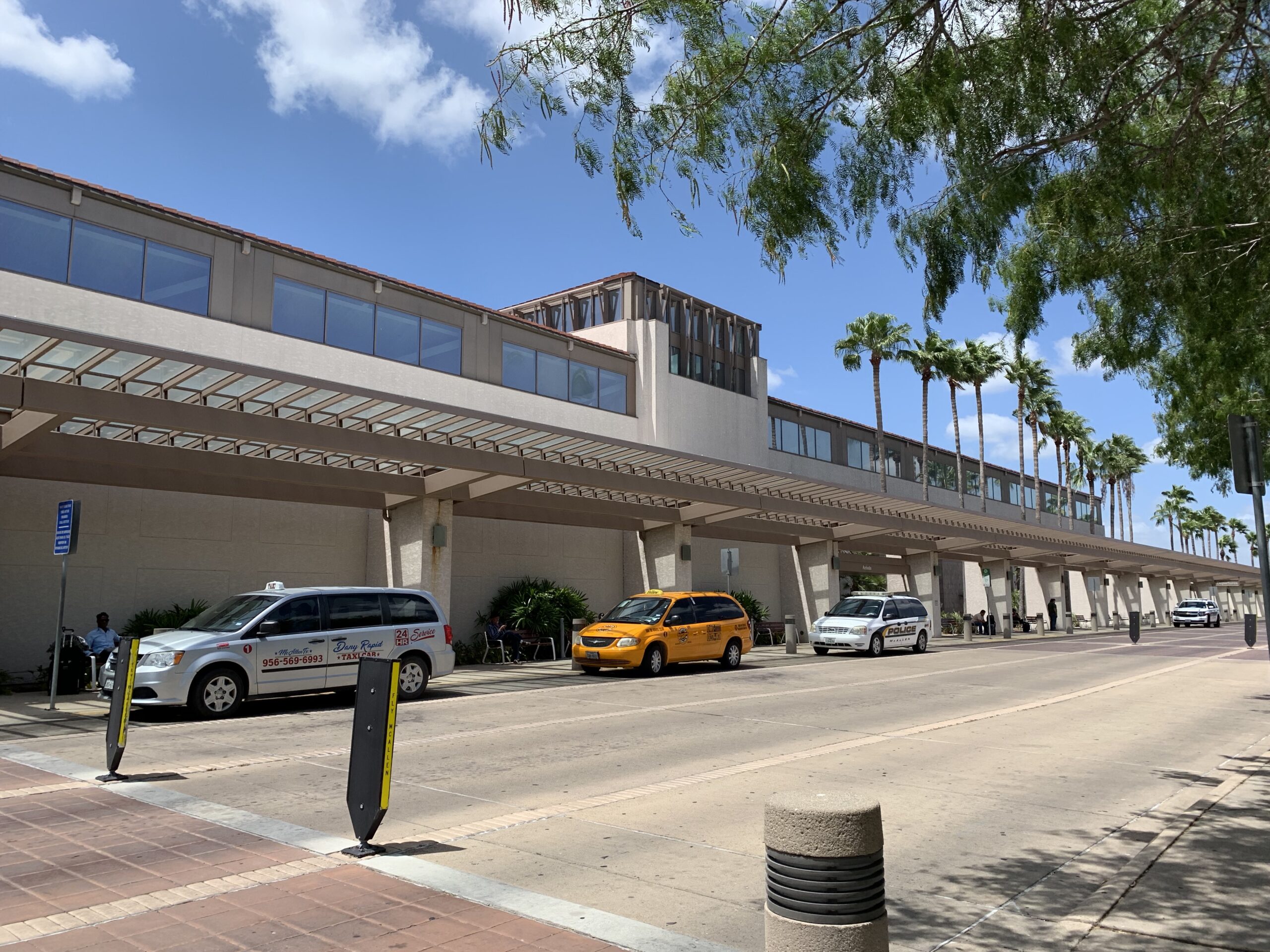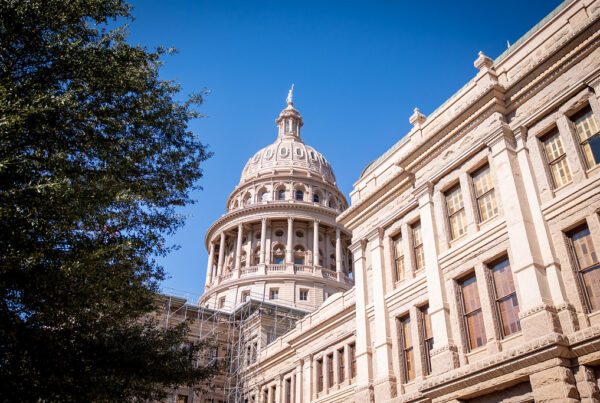What do you do if you need to get from one city in Texas to another? Most people who have a car just fill up their tank and go.
There are other options — Amtrak and buses connect many of the states’ major cities – but one region of Texas has quite limited options for transportation to and from other parts of the state: the Rio Grande Valley.
Constantine Tarawneh, director of the University Transportation Center for Railway Safety at the University of Texas Rio Grande Valley, said the main way people in the Valley can get to other parts of Texas right now is in the air.
“There are three regional airports: Harlingen, Brownsville and McAllen,” he said. “That is the predominant way to get out of the Valley into Austin, Dallas and Houston. Now, there are also Greyhound, but the issue with Greyhound is that it will take you anywhere between about 4 to 7 hours to go to San Antonio. Depending on which time you choose, it could take up to 10 hours to get to Houston, 12 hours to Austin and up to 17 hours to Dallas.”
These long travel prices come with tickets that range from $60 to over $100, Tarawneh said. Most people prefer to pay for a round-trip plane ticket instead.
There are not many bus service options beyond Greyhound, Tarawneh said. This is partly because of the border checkpoint in Falfurrias, about 40 miles north of the border, which limits the usefulness of a bus line for people who are undocumented.
“If you’re on a bus, you still have to go through that checkpoint and they need to come in the bus, check everyone’s IDs and make sure that they’re documented,” he said.
When it comes to putting in rail service, the issue is mostly logistical, Tarawneh said.
“With rail, the issue is the Valley has many municipalities. It’s eight towns connected with each other, but pretty much grouped into one region,” he said. “They’re not all on the same page. So there was an idea to get a transit from Austin all the way down to the Valley, ending in Brownsville or even South Padre. The issue is you’re going through so many counties, through so many municipalities, and trying to buy the easements, it’s just almost impossible.”
Despite the difficulties, Tarawneh said people are starting to get frustrated by the congestion in the area, especially due to ongoing construction.
“It almost makes a trip that usually would take 45 minutes take you 1 1/2 hours,” he said. “So a lot of people are looking for other options right now in the Valley.”
The University of Texas Rio Grande Valley runs buses between campuses that are spread out over 122 miles – but that service is just for people affiliated with the school.
Tarawneh said that, in his mind, the best way to address this issue is for the state to help marshal resources to get a rail line in the area.
“The issue has been how can we make this a priority for all the municipalities?” he said. “So if you give municipalities that money, they’ll prioritize roads and construction rather than, hey, I want to spend it on rail tracks.”













